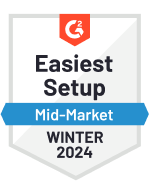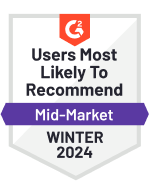Boost revenue by setting the right price at the right time. Adapt instantly to market shifts with rule-based controls.

Rule-Based Price Controls

AI-Powered Repricing

Real-time Price Optimization

Customizable Dashboards
1000+ Customers changed the way they do eCommerce with PIMworks360
AI Assistant for Instant Insights
Chat with the built-in AI assistant to ask questions in plain language, spot pricing opportunities, and get real-time insights in seconds without manual effort.
Try Now




































